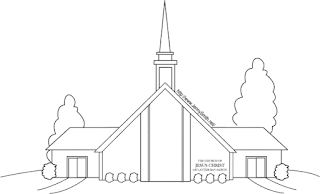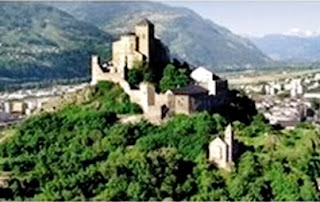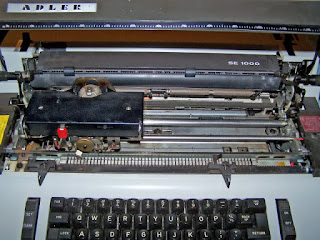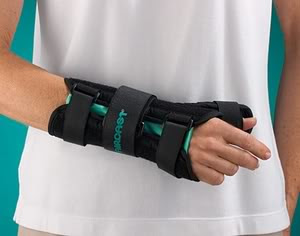
Playing Preludes from a Hymnal
“An organist who has the sensitivity to quietly play prelude music from the hymnbook tempers our feelings and causes us to go over in our minds the lyrics, which teach the peaceable things of the kingdom …” (President Boyd K. Packer).
Get Ready…
- Choose hymns of the same topic such as: “Hymns of the Savior,” “Hymns of Comfort,” "Hymns of Supplication,” or seasonal hymns.
- For convenience, photo copy the hymns and arrange them in a three-ring binder using clear protective sheets and obtain an erasable, fine-point marker to make notes and marks on the sheets.
- Use hymns in complimentary key signatures. This approach gives the feeling of a “hymn medley” and makes transitioning from hymn to hymn pleasing to the ear.
- Begin with a hymn in two or three sharps. Then play each succeeding hymn, subtracting one sharp from the key signature each time until reaching the key of C major (no sharps or flats). Play the next hymn in the key of F major (one flat), adding another flat in each hymns’ key signature (see diagram below).
D > > > G > > > C > > > F > > > Bb > > > Eb > > > Ab
2 sharps - 1 sharp - none - 1 flat - 2 flats - 3 flats - 4 flats
2 sharps - 1 sharp - none - 1 flat - 2 flats - 3 flats - 4 flats
The following is an example of a series of hymns chosen to a topic and in the order of the complimentary keys illustrated above:
Hymns of the Savior
- D Major: Where Can I Turn for Peace? (#129)
- G Major: Jesus, the Very Thought of Thee (#141)
- C Major: Come, Follow Me (#116)
- F Major: How Great the Wisdom and the Love (#195)
- Bb Major: Come unto Jesus (#117)
- Eb Major: There Is a Green Hill Far Away (#194)
- Ab Major: I Stand All Amazed (#193)
Rather than always playing the hymns in the traditional four-part style, utilize a variety of “voicings” or textures, while using the written harmonization of the hymn.
- For example, begin by playing a solo melody line with the right hand.
- Then, with the left hand, add a “duet” accompaniment derived from the best moving lines in the alto, tenor, or bass parts.
- Next, play a “trio” by using the soprano, alto, and tenor lines with both hands on one manual at written pitch or both hands very softly one octave higher.
- Finish by playing the four-part voicing on one manual, with or without pedal.
- An excellent book containing a selection of hymns with the melodies already “soloed out” is The Organist’s Upper Hand, arr. by Darwin Wolford, pub. by Jackman Music Corp., Orem, Utah. This book also contains a helpful list of various registrations that work satisfactorily for solo/accompaniment combinations.
- Another excellent resource is Elizabeth Berghout’s “Solo & Accompaniment Hymns,” available in three volumes from www.WardOrganist.com.
Keep registration changes simple, one per verse, adding or removing just one stop or pushing a preset button while the fingers are off the keys. Another effective variation is to play the melody up or down an octave without changing stops. Simple!
Let’s get fancy!
Pedal Point
A single note, either the tonic key tone or the dominant (fifth) tone, sustained during harmonic changes in the manual parts. When the dominant tone is used, it has a strong tonal effect that points the harmonies to the cadence, creating suspense and anticipation. (Example of key-tone pedal point in hymn #139, first eight measures.)
Harmonic Variations
Suspensions and passing tones (examples in hymns #154, 155), deceptive cadence (example in hymn #173, measure 4).
Introductions, Interludes, Tags
Create an introduction by using the bracketed introduction suggestions, or play an interlude between two verses by using the last phrase. At the conclusion of the hymn, play a “tag” by repeating the last phrase, with or without “augmentation” (doubling note values).
Playing Postludes from the Hymnbook
- The organ postlude is an aid to worship. To reflect or sustain the spirit of the meeting, play a hymn that was used in the service.
- Play the postlude in a related key to the closing hymn: If the closing hymn is “Come, Come, Ye Saints” in G major, play the same hymn as the postlude in C major from the men’s section of the LDS hymnbook. If the closing hymn is “Jesus, the Very Thought of Thee,” play the same hymn as the postlude in the key of E-flat. (Use the LDS Church Music site at www.lds.org to transpose the hymn.)
- When playing the closing hymn as the postlude in the same key, begin at a phrase other than the beginning, or begin the postlude at a refrain.
Preludes creatively planned, carefully prepared, and skillfully played “from the hymnbook,” have a major impact on the worship experience and can bring great joy to the organist and worshiper alike.





















